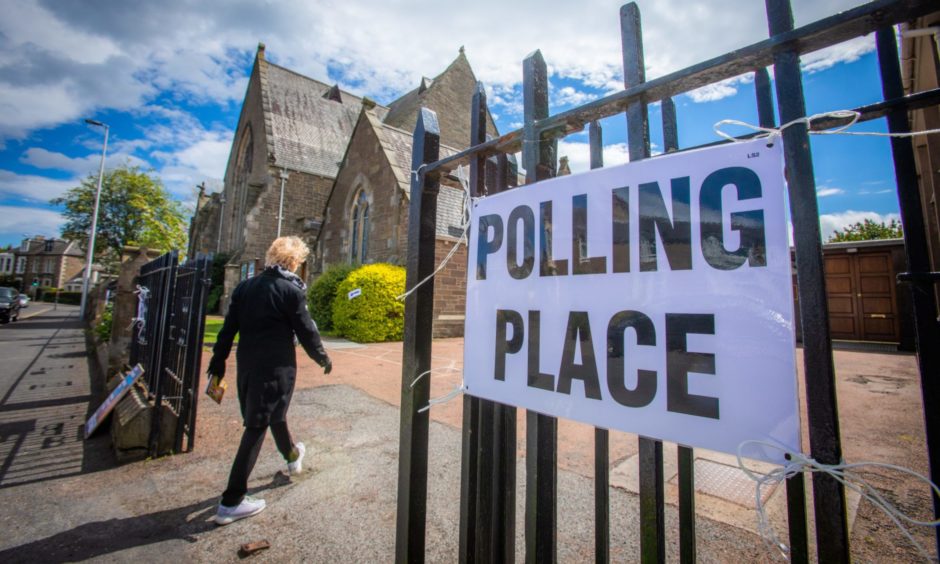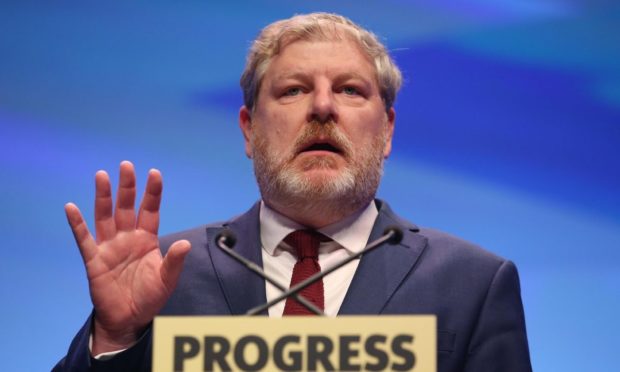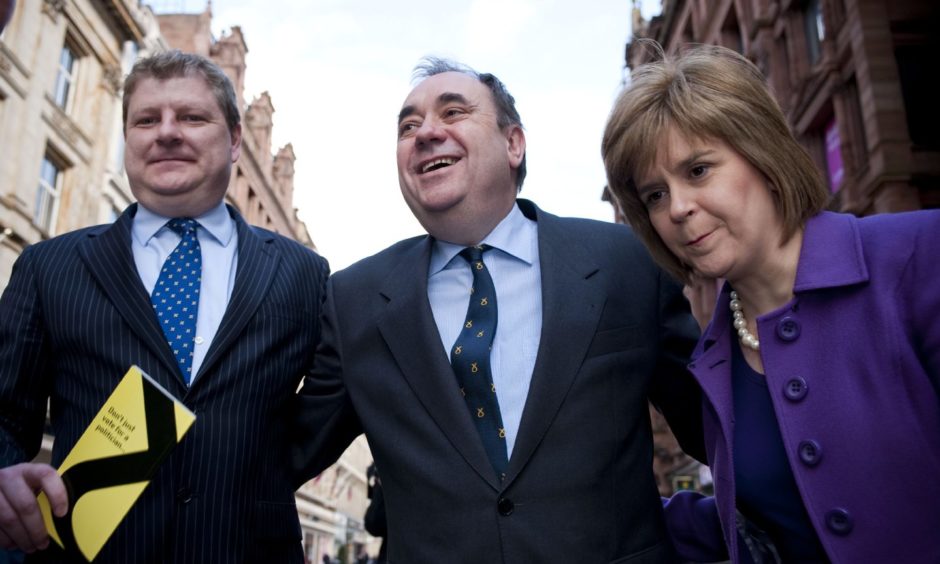Former SNP Westminster leader Angus Robertson has been accused of misleading voters over claims Holyrood’s proportional list system is used to “determine the winning party and who can become first minister”.
Mr Robertson, a former Moray MP who is standing in the Edinburgh Central constituency at next month’s Scottish Parliament election, made the claim in a leaflet sent out to members of the public this week.
He told voters: “You have two votes in the Scottish Parliament election: the first for your constituency MSP, and the second that determines the winning party and who can become first minister.
“As your local SNP candidate, I would be honoured if you would vote for me with your first vote and cast your second vote for the SNP and Nicola Sturgeon as first minister.”
The former SNP group leader has been criticised by opposition parties over the claim and accused of trying to “dupe voters into giving his party their support”.
Under Holyrood’s Additional Member System, the public is given two votes: one to select a single candidate to represent their constituency and another for the party or people they would like to represent their region.
To create a more balanced parliament in line with the country’s views, each party’s regional vote is divided by one more than the number of seats it has won so far in that region, including constituencies.
This means the more constituency seats a party returns, the fewer list seats it will win. Depending on the region and results for other parties, the rough regional vote share required for each seat is typically around 5-6%.
There is no option for voters to directly choose who they want as first minister and it is not correct to say that the list vote necessarily determines the winning party.

Scottish Liberal Democrat electoral candidate Bruce Wilson, who is running against Mr Robertson, said it is a shame he “feels the need to mislead voters”.
“The proportional list system is not a vote for who you want as first minister, it is a vote for who you want to represent the region,” Mr Wilson said.
“What’s more, because it is a proportional electoral system, people can vote for who they actually want without worrying about wasting their vote.”
Former SNP MP Kenny MacAskill, who is running on the regional list for the Alba Party after defecting last month, said: “This is disingenuous from Angus Robertson.
“But it shows he realises that Alba’s message is hitting home in Edinburgh, as elsewhere. This isn’t about securing a first minister but delivering an independence supermajority.”
‘Desperate’
A Scottish Conservative spokesman described it as a “desperate attempt by a senior SNP figure to try to dupe voters into giving his party their support.”
The SNP lost Edinburgh Central to Ruth Davidson in 2016 by just 610 votes, following extensive campaigning by the Scottish Conservatives.
Mr Robertson was Moray’s MP from 2001 to 2017 until being ousted by Douglas Ross, the man who would go on to become the Sottish Tory leader.
An SNP spokesperson said: “Only both votes SNP can guarantee re-electing Nicola Sturgeon as first minister and put Scotland’s future in Scotland’s hands – not Boris Johnson‘s.”

